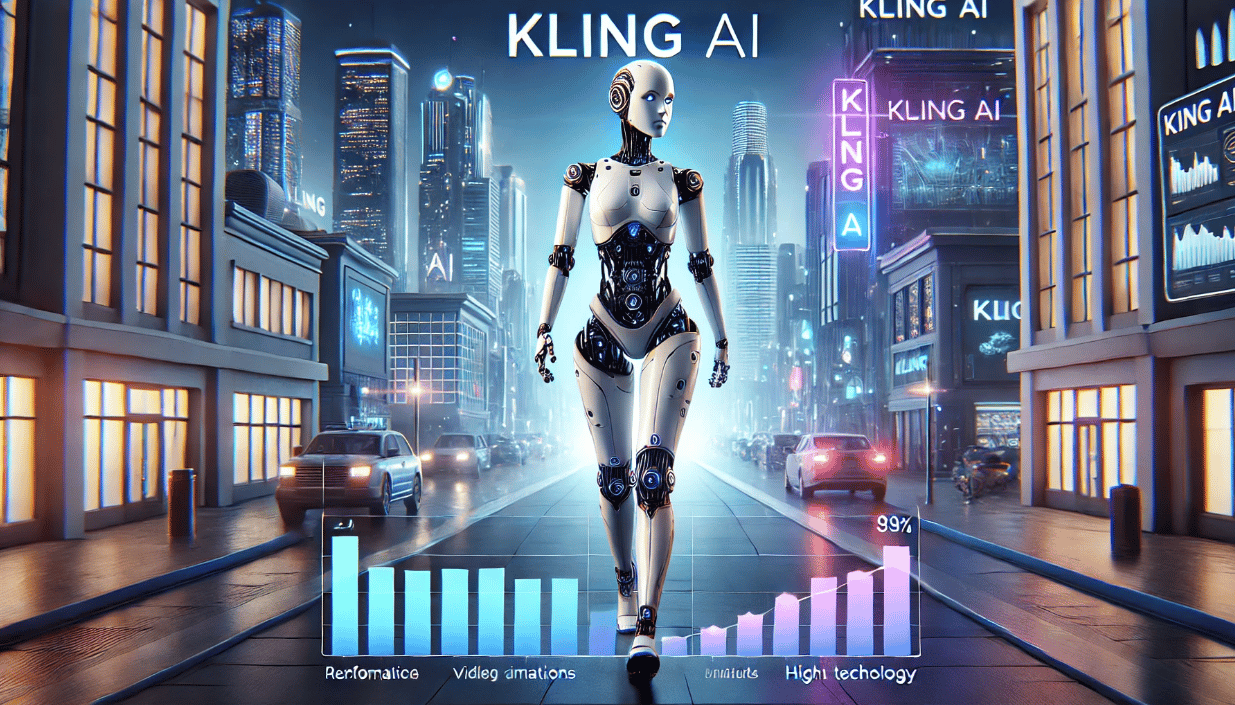
Kling AI Video Generator Launches Globally to Rival OpenAI's Sora
Kuaishou's Kling AI has expanded beyond China with the global launch of Kling AI version 1.0. The AI video generator platform, now accessible at KlingAI.com, requires only an email for registration.
Free Credits and Generation Capabilities
New users receive 66 free daily credits for video creation. Kling AI supports text-to-video and image-plus-text-to-video generation, directly competing with OpenAI's Sora, which remains in limited release. Generation times average around five minutes per video, making it significantly faster than traditional AI image generators.
Upcoming Features
Kuaishou plans to release long-form video generation in a future update.
Versatile Output Options
Video Resolutions and Camera Controls
Kling AI offers three video resolutions: 960x960 square, 720p landscape, and 720p portrait. Users can control camera movements, including static, horizontal, vertical, pan, tilt, and roll.
Multilingual Support
The platform supports high-quality video generation in both English and Mandarin, enhancing its global usability.
Customization and Fine-Tuning
Creativity vs. Relevance
Users can balance creativity and relevance in their videos, ensuring closer adherence to prompts or more imaginative results. The platform also supports negative prompts for improved accuracy.
Performance Comparison
In a direct comparison with OpenAI's Sora, Kling AI held its ground. For the prompt of wolf pups playing on a gravel road, which had previously challenged Sora, Kling AI successfully created a realistic scene with three wolves, avoiding the fusion and sudden appearances that troubled its rival.
However, Kling AI struggled with illustrative tasks, generating 3D animations for 2D prompts. Despite this, it excelled in realistic sci-fi scenarios. A prompt for a female robot in a futuristic city walking towards the camera resulted in a highly realistic scene with consistent visuals and no noticeable artifacts, outperforming other current video generators. While Kling AI struggles with generating fine patterns involving thin parallel lines, a common issue among generative AI tools, and shows some irregularities in leg movements in certain frames, the overall scene was impressively realistic.
However, Kling AI faced challenges when animating images with minimal details. When asked to create a cute dancing robot from our simple cartoon mascot Gen, the model managed to animate the character but struggled with consistency due to the lack of detail in the original image.
Overall, Kling AI appears to prioritize accurate depiction of subjects over stylistic fidelity. Notably, it produced a warping effect around flames, mimicking how flames would appear if captured by a camera.
Future Enhancements
Planned Updates
Kuaishou aims to implement advanced features, including high-quality mode for HD video production, extended generation times, end frame additions, and various camera movements. A subscription program for increased daily credits is also forthcoming.
Content Restrictions and Global Strategy
Limitations and Content Restrictions
Kling AI restricts the generation of violent scenes, depictions of famous people, and NSFW content. Kuaishou’s global strategy mirrors other Chinese tech giants, with KlingAI.com for international users and kling.kuaishou.com for the Chinese version.
Advanced Technology
Kling AI uses advanced 3D reconstruction technology for natural movements and accepts detailed prompts up to 2,000 characters. Initially limited to users with Chinese phone numbers, the platform is now open to global users, who can generate high-quality videos and potentially increase pressure on OpenAI to release Sora.
